The Future of Illumination: Fiber Optic Tree
Revolutionary lighting solutions that combine technology, efficiency, and beauty.
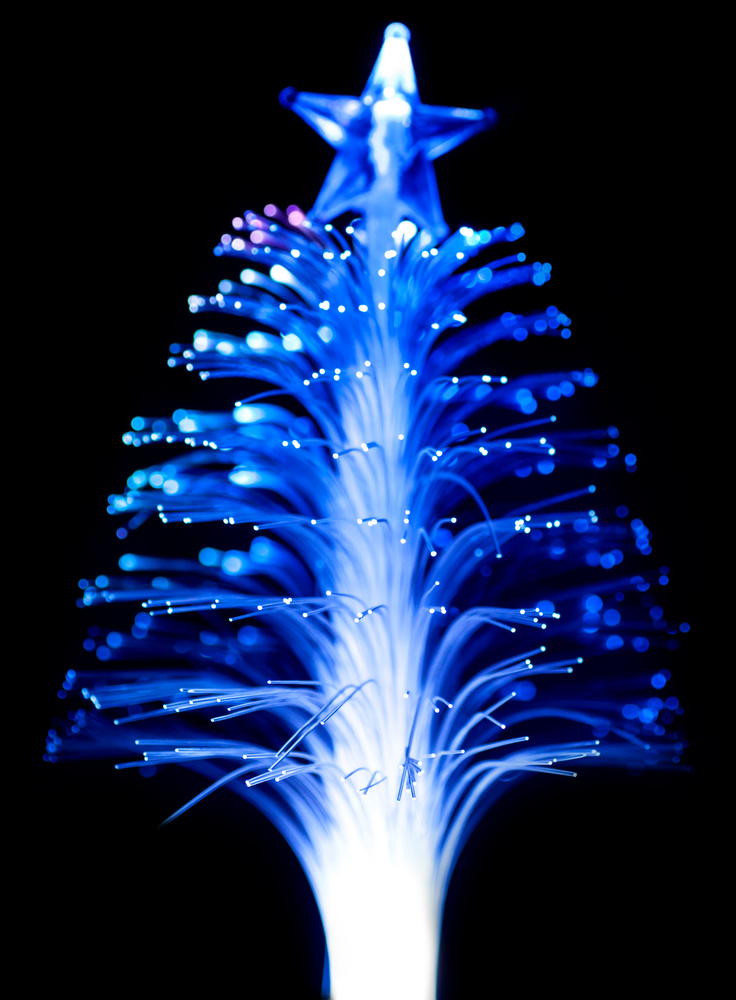
What is a Fiber Optic Tree?
A fiber optic tree is a revolutionary lighting solution that uses optical fibers to transmit light from a single light source to multiple points, creating a stunning visual effect. Unlike traditional lighting systems, a fiber optic tree doesn't have any electrical components at the point of light emission, making it safer, more durable, and more energy-efficient.
Efficient Lighting
A fiber optic tree uses a single light source to illuminate hundreds of optical fibers, resulting in significant energy savings compared to traditional lighting systems.
Safe Operation
Since there are no electrical components at the point of light emission, a fiber optic tree is safe to use in environments where water or flammable materials are present.
Customizable Design
Fiber optic trees come in various shapes, sizes, and colors, allowing for endless design possibilities to suit any space or occasion.
Fiber Optic Tree Market Insights
The global fiber optic tree market is experiencing significant growth, driven by increasing demand for energy-efficient lighting solutions and technological advancements in optical fiber technology.
Market Growth Projection
2024 Market Size
$3.2 Billion
Projected 2029 Size
$6.8 Billion
Regional Market Distribution
Asia-Pacific: 42% of global market
North America: 28% of global market
Europe: 22% of global market
Rest of World: 8% of global market
Fiber Optic Tree Product Range
Our fiber optic tree product range includes various types designed to meet different requirements, from decorative lighting to industrial applications.
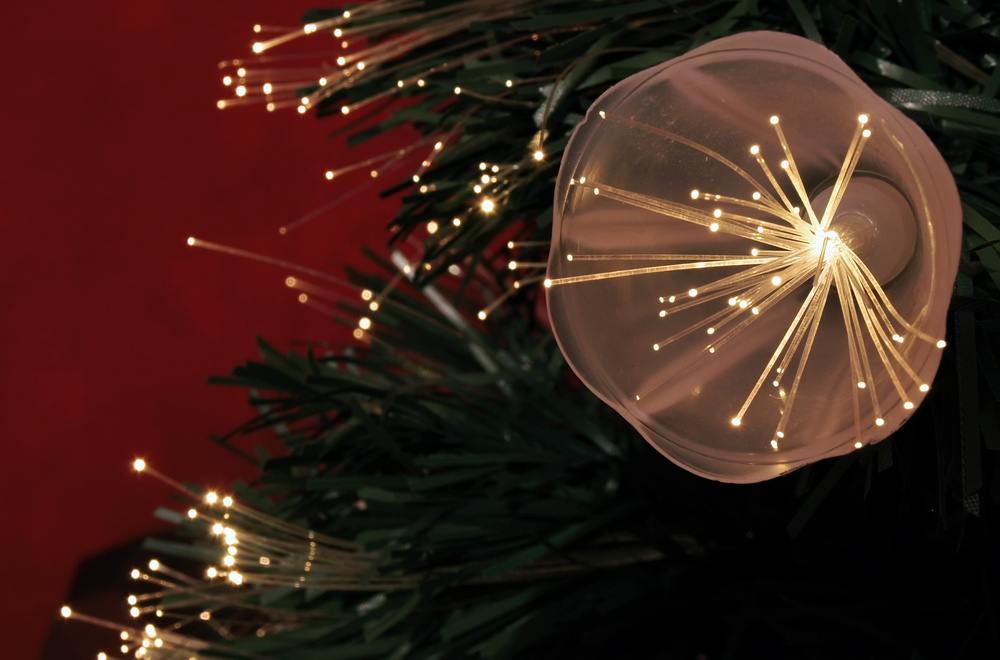
Decorative Fiber Optic Tree
Perfect for home decoration, events, and celebrations. Available in various sizes and color options.
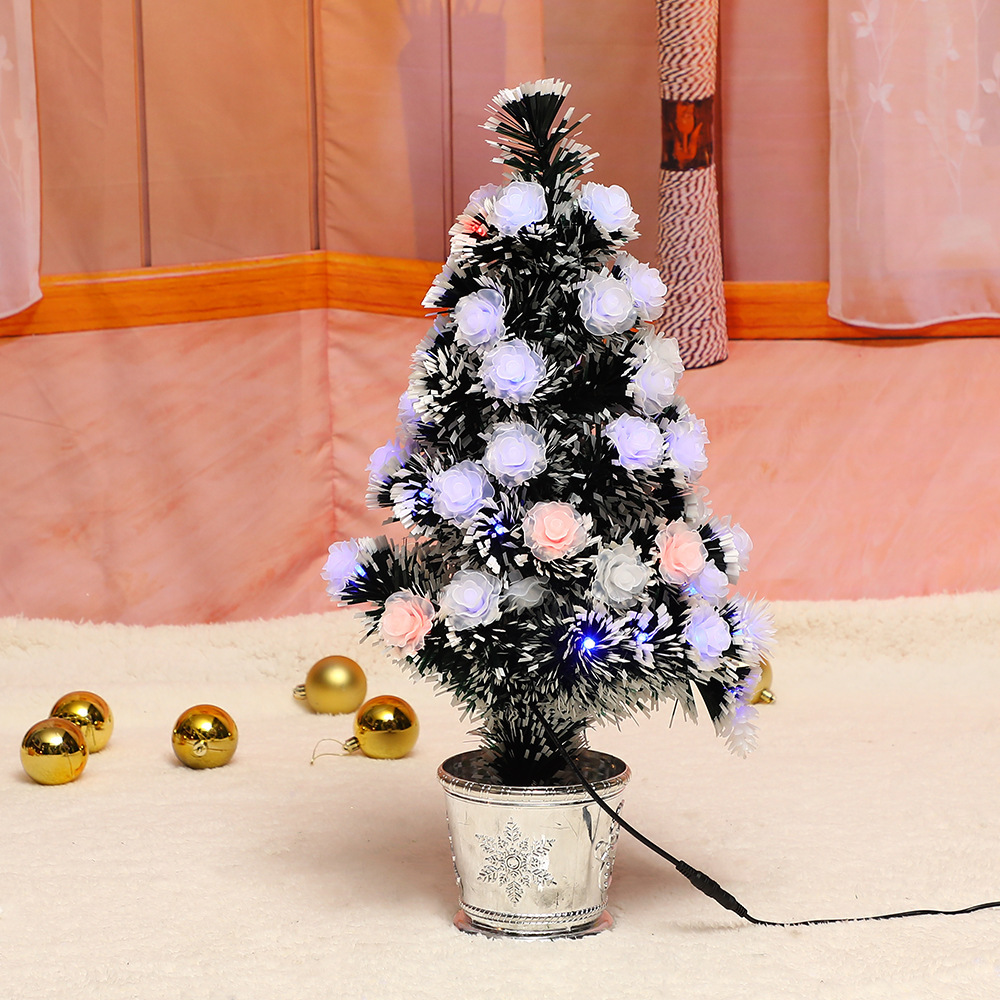
LED Fiber Optic Tree
Combines LED technology with fiber optics for enhanced brightness and color options. Ideal for commercial displays.
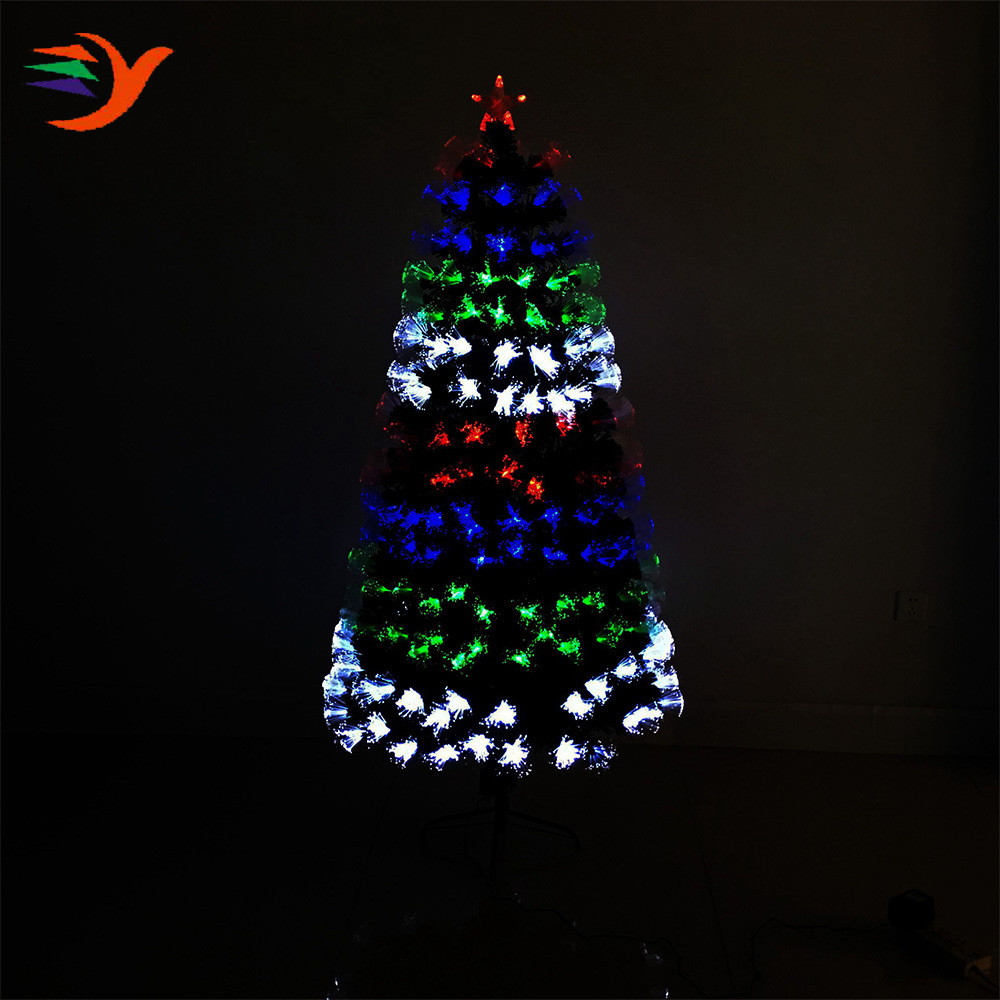
Commercial Fiber Optic Tree
Heavy-duty fiber optic trees designed for commercial and industrial applications. Durable and long-lasting.
Fiber Optic Tree Technical Specifications
Our fiber optic trees are engineered with precision to deliver exceptional performance and reliability. Explore the technical specifications below.
| Parameter | Decorative Series | LED Series | Commercial Series |
|---|---|---|---|
| Fiber Count | 100-500 fibers | 500-1,000 fibers | 1,000-5,000 fibers |
| Fiber Diameter | 0.75-2.0 mm | 1.0-2.5 mm | 2.0-3.0 mm |
| Light Source | LED | High-power LED | High-output LED array |
| Power Consumption | 5-15 watts | 15-30 watts | 30-100 watts |
| Color Options | RGB, static colors | RGBW, dynamic effects | Customizable spectrum |
| Operating Temperature | -20°C to +60°C | -20°C to +70°C | -40°C to +85°C |
| Lifespan | 50,000 hours | 70,000 hours | 100,000 hours |
| IP Rating | IP44 | IP65 | IP67 |
Optical Performance
- Light transmission efficiency: >90%
- Color rendering index (CRI): >85
- Uniform light distribution across all fibers
Energy Efficiency
- Up to 80% energy savings compared to traditional lighting
- Power factor: >0.95
- Low heat generation, reducing cooling costs
Safety & Durability
- No electrical components at the point of light emission
- Fire-resistant materials (UL94 V-0 rating)
- UV-stabilized fibers for long-term color retention
Fiber Optic Tree Applications
Fiber optic trees offer versatile lighting solutions for various industries and applications. Discover how our products can enhance your space.
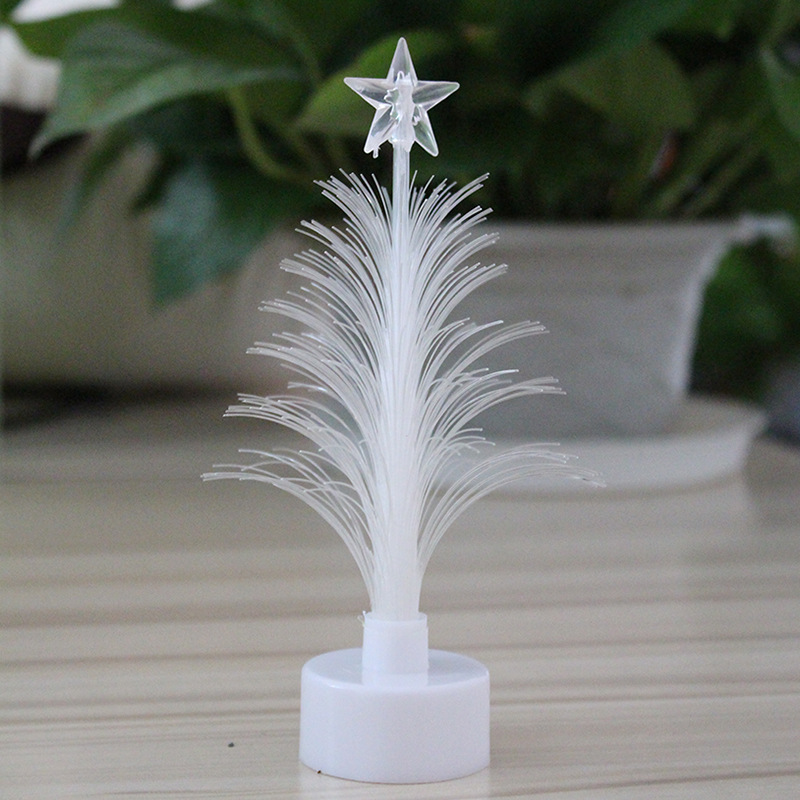
Decorative & Architectural Lighting
Fiber optic trees are widely used in interior and exterior decoration, providing stunning visual effects for homes, hotels, shopping malls, and public spaces. Their ability to create starry skies, color-changing effects, and dynamic patterns makes them ideal for creating immersive environments.
-
Residential Decoration
Create stunning focal points in living rooms, bedrooms, and home theaters.
-
Commercial Spaces
Enhance hotels, restaurants, and retail stores with unique lighting solutions.
-
Events & Entertainment
Create memorable experiences for weddings, parties, and entertainment venues.
Industrial & Specialized Applications
Beyond decoration, fiber optic trees are used in various industrial and specialized applications where safe, reliable, and efficient lighting is required. Their unique properties make them suitable for environments where traditional lighting systems would be impractical or unsafe.
-
Hazardous Environments
Safe lighting solutions for oil rigs, chemical plants, and mining operations.
-
Medical & Healthcare
Precision lighting for surgical suites, endoscopes, and medical equipment.
-
Automotive & Transportation
Interior and exterior lighting for cars, aircraft, and marine vessels.
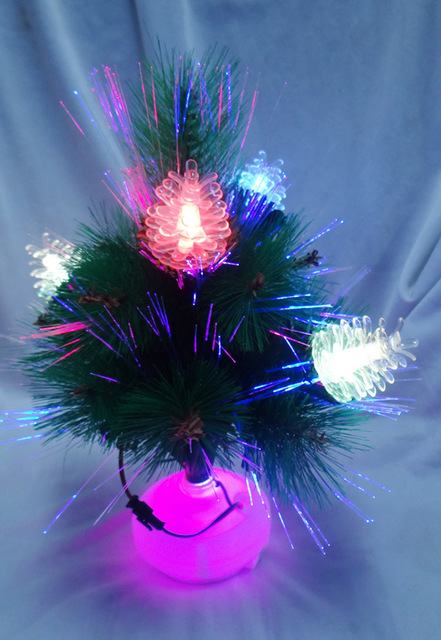
Evolution of Fiber Optic Tree Technology
Trace the development of fiber optic tree technology from its early beginnings to the advanced solutions available today.
1970s - Early Development
Initial development of fiber optic technology for communication purposes. First experiments with fiber optics for decorative lighting.
1980s - First Commercial Applications
First commercial fiber optic trees appear in high-end retail and hospitality environments. Limited color options and high cost.
1990s - LED Integration
Integration of LED technology with fiber optics, improving efficiency and color options. Fiber optic trees become more accessible to consumers.
2000s - Digital Control Systems
Introduction of digital control systems allowing for dynamic color changes and pattern creation. Fiber optic trees become popular for events and entertainment.
2010s - Smart Technology Integration
Integration of smart technology, enabling remote control and synchronization with music and other systems. Improved fiber optic materials for better light transmission.
2020s - Advanced Materials & AI
Development of advanced fiber materials with higher light transmission efficiency. Integration of AI for adaptive lighting solutions. Expansion into new industrial applications.
Future Trends in Fiber Optic Tree Technology
Miniaturization
Development of smaller, more compact fiber optic tree systems for use in tight spaces and portable applications.
Eco-Friendly Materials
Use of sustainable materials and manufacturing processes to reduce environmental impact.
AI-Driven Systems
Integration of artificial intelligence for adaptive lighting that responds to environmental conditions and user preferences.
Fiber Optic Tree Research & Literature
Explore authoritative research and literature on fiber optic tree technology and its applications.
Authoritative Literature Reference
"A multi-channel optical fiber refractometer based on S fiber taper (SFT) cascaded with fiber Bragg grating (FBG) is proposed and experimentally demonstrated. The compact SFT acts as an in-line Mach-Zehnder interferometer (MZI) to be used as a band-pass filter (BPF) to tailor the FBG reflection, whose transmission spectrum is sensitive to the surrounding refractive index (SRI). Thus, the peak power of the FBG reflection is modulated by the SRI. The three-channel SRI monitor can be achieved by discriminating the different center wavelength and peak power variation of the FBG reflections. Experimental results show that the RI sensitivities of Channels 1, 2, and 3 are 345.54, 349.57, and 463.60 dB/RIU, respectively. Moreover, the temperature cross-sensitivity can be solved by interrogating the center wavelength of the FBG reflection."
Source: Niu, P., Zhao, J., Zhang, C., Bai, H., & Shi, W. (2018). Multi-channel optical fiber refractometer based on tree topology structure. Applied Optics, 57(16), 4696-4701.
Market Research Report
Comprehensive analysis of the global fiber optic tree market, including growth projections, key players, and emerging trends.
Download ReportTechnical White Paper
In-depth technical analysis of fiber optic tree technology, including design principles, performance characteristics, and optimization strategies.
Read White PaperCase Studies Collection
Real-world applications of fiber optic trees in various industries, including case studies, project photos, and performance data.
Explore Case StudiesFiber Optic Tree FAQs
Find answers to the most commonly asked questions about fiber optic trees.
Fiber optic trees are known for their long lifespan. The optical fibers themselves can last indefinitely with proper care, as they are made of durable materials like glass or high-quality plastic. The light source (typically LEDs) has a lifespan of approximately 50,000 to 100,000 hours, depending on the model and usage. This translates to roughly 5-10 years of continuous operation or 10-20 years of normal use.
Yes, fiber optic trees are generally safer than traditional lighting systems. Since the light is transmitted through optical fibers, there are no electrical components at the point of light emission. This eliminates the risk of electric shock and reduces fire hazards, making fiber optic trees suitable for use in environments where water or flammable materials are present. Additionally, fiber optic trees generate very little heat, further enhancing their safety profile.
Fiber optic trees are highly energy efficient. They use a single light source to illuminate hundreds or thousands of optical fibers, resulting in significant energy savings compared to traditional lighting systems. A typical fiber optic tree consumes only 5-100 watts, depending on the size and model, which is much less than the energy consumption of comparable traditional lighting systems. This can result in energy savings of up to 80% or more.
Yes, many fiber optic trees are designed for outdoor use. These models feature weather-resistant construction and are rated for outdoor use with appropriate IP (Ingress Protection) ratings. When selecting a fiber optic tree for outdoor use, look for models with an IP rating of at least IP65, which indicates protection against dust and water jets. It's also important to ensure that the light source is properly protected from the elements.
Fiber optic trees require minimal maintenance. Regular dusting with a soft, dry cloth is usually sufficient to keep the fibers clean. For more thorough cleaning, you can use a mild soap solution and a soft cloth, taking care not to damage the delicate fibers. It's important to avoid using harsh chemicals or abrasive materials, as these can scratch or damage the fibers. The light source may eventually need to be replaced, but this is typically a simple process that can be done by the user with basic tools.
Yes, fiber optic trees can be customized to meet specific requirements. Many manufacturers offer custom designs in terms of size, shape, color options, and fiber density. Some advanced models also allow for customization of light patterns and effects through programmable control systems. Custom fiber optic trees are often used for architectural lighting, retail displays, and special events where a unique lighting solution is required.
Fiber Optic Tree Technical Terms
Glossary of technical terms related to fiber optic tree technology.
Optical Terms
- Light-Emitting Diode (LED)
- A semiconductor device that emits light when an electric current passes through it, commonly used as the light source in fiber optic trees.
- Optical Fiber
- A flexible, transparent fiber made of glass or plastic that transmits light between the two ends of the fiber.
- Total Internal Reflection
- The phenomenon that allows light to travel through optical fibers by reflecting off the inner surface of the fiber core.
- Fiber Core
- The central part of an optical fiber through which light travels.
- Cladding
- The layer surrounding the fiber core that reflects light back into the core through total internal reflection.
Performance Terms
- Light Transmission Efficiency
- The percentage of light that is successfully transmitted through the optical fiber from the light source to the fiber tips.
- Color Rendering Index (CRI)
- A measure of how accurately a light source renders the colors of objects compared to a natural light source.
- IP Rating
- Ingress Protection rating, indicating the level of protection against dust and water.
- Power Factor
- A measure of how effectively electrical power is being used, with a value close to 1 indicating efficient power usage.
- Luminous Flux
- The total amount of visible light emitted by a light source, measured in lumens.
Ready to Experience the Fiber Optic Tree Revolution?
Discover how fiber optic trees can transform your space with energy-efficient, safe, and stunning lighting solutions.